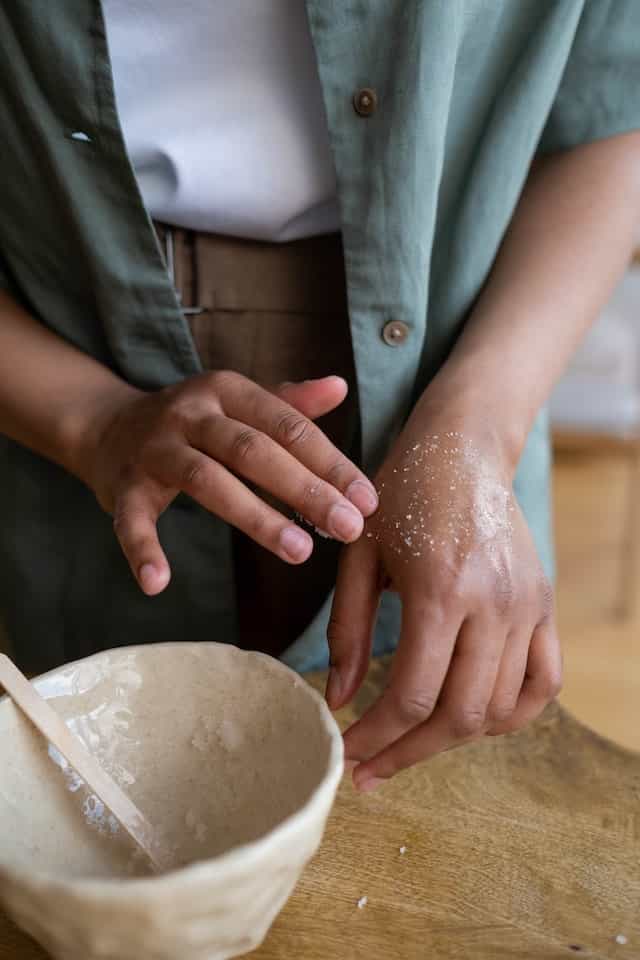Table of Contents
Ointment
Preparation of ointment: Ointments are soft and semi-solid preparations meant for external application to the skin (or) mucous membrane. They usually contain a medicament, dissolved, suspended (or) emulsified in an ointment base. These are used for emollient and protective purposes.
Eg: Compound benzoic acid ointment, calamine ointment, etc.
Methods of Preparation of Ointment
- Trituration method
- Fusion method
- Chemical reaction method
- Emulsification method
1. Trituration Method:
In this method, solid ingredients are finely powdered and passed through a sieve (#250, #180, #125) to get finely divided powder. This powder is transferred to the ointment slab and triturate with a small amount of suitable ointment base with a steel spatula. Add an additional quantity of ointment base is incorporated and triturate until uniform mixing. Finally, liquid ingredients are incorporated. Instead of an ointment slab, mortar and pestle are used to avoid splashing. Eg: Whitefield ointment.
2. Fusion Method:
This method is preferred when the ointment base contains a number of solid ingredients having different melting points, such as white beeswax, stearic acid, and hand paraffin. In this case, ingredients are melted in decreasing order to their melting point. This means, that the substances with the highest melting point should be melted first, then the substances with the next melting point, and soon. This will avoid the overheating of substances.
The ingredients and medicament are incorporated slowly into the melted mass, still thoroughly until the mass cools down and the homogenous product is formed vigorous stirring should be avoided.
Eg: Cetrioxide ointment, wool alcohols ointment.
3. Chemical reaction method:
It involves both fusion and mechanical mixing. Due to chemical reactions, a new product is formed.
Eg: (i) Ointments containing free iodine: Ointment containing combined iodine, is only slightly soluble in most of fats and vegetable oils.
(ii) Strong iodine ointment: This is used to treat ringworm infection.
4. Emulsification method:
In this method, oils, fats, and waxes are melted together in a water bath at a temperature of 70°C. The aqueous solutions of the heat-stable water-soluble substances are also heated almost at the same temperature. as that of the method bases. The solution is added to the melted bases with continuous stirring until the product cool down and the semi-solid substance is known as an ointment.
Also, read: Gastroesophageal reflux disease (GERD) Epidemiology
